An elusive bird that was first archived in 1890 has recently been captured on camera for the very first time. This mysterious species of bird is called the South Philippine Dwarf Kingfisher, and as the name suggests, resides in the southern region of the Philippines. For over a century since it was first depicted by Prof. Joseph Beal Steere during his expedition to the Philippines. Until recently the South Philippine Dwarf Kingfisher has remained an enigma, but thanks to the restless effort from Field Biologist/Conservationist Miguel David De Leon and his group of researchers from the Robert S. Kennedy Bird Conservancy, this bashful bird's awe-inspiring beauty has now been captured on camera for the entire world to behold. To say that this bird was hard to get would be an understatement, but the pictures are totally worth it.
"We focus on poorly known birds and document their biology and ecology or how they interact with other organisms in their habitat," De Leon adds.
After almost a decade-long effort, De Leon and his colleagues have managed to visually document one of the rarest and most elusive species of bird on the planet, their objective was to archive the birds nesting, feeding, and breeding behaviors in order to help conserve this species.
"The biggest threat to the decline or loss of our endemic and indigenous species is habitat loss. Hunting and trapping for food or the illegal pet trade are contributory factors as well. Culturally, recreational shooting of birds using airguns or slingshots puts further pressure on bird populations," says De Leon.
All hail, the legendary Dwarf King(fisher):
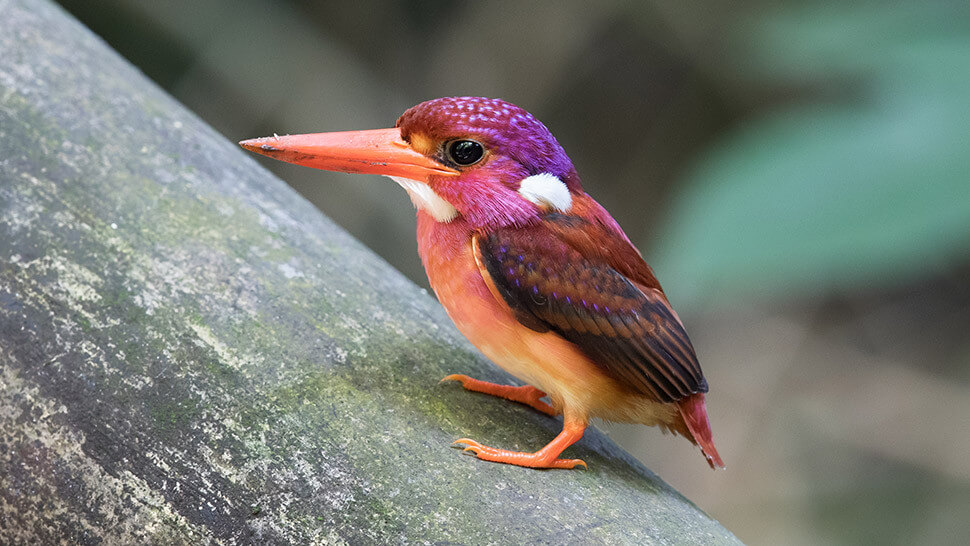 Source: Miguel David De Leon
Source: Miguel David De Leon
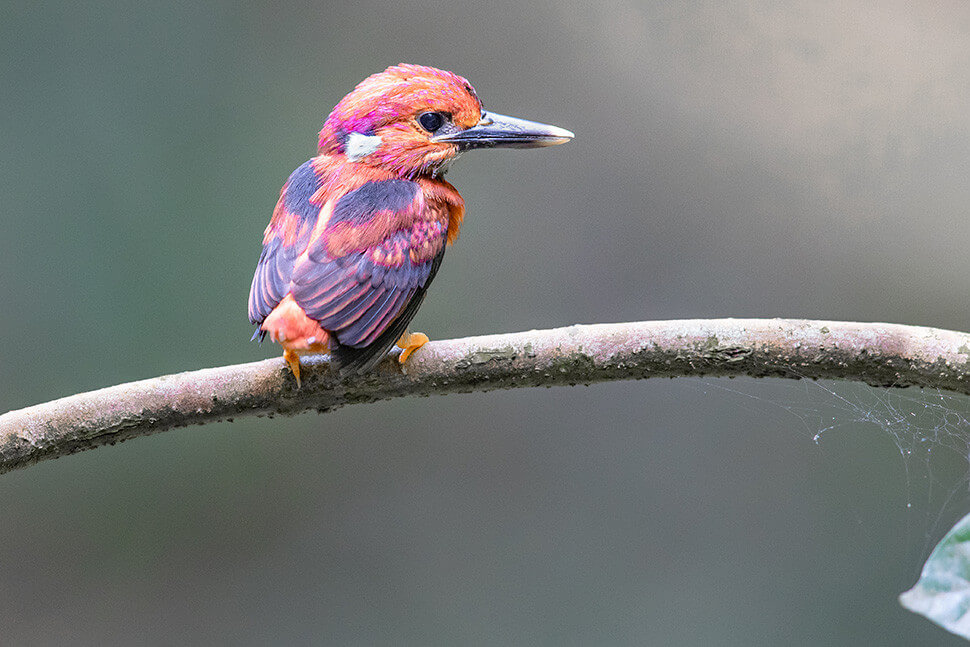 Source: Miguel David De Leon
Source: Miguel David De Leon
So tiny, yet so heart-meltingly beautiful. Look at those colors...
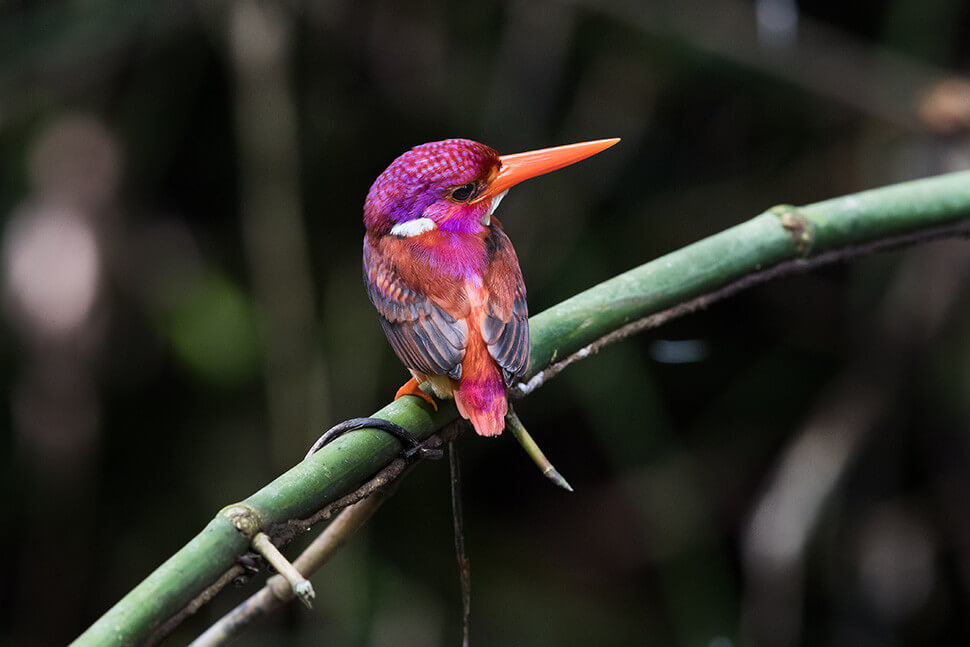 Source: Miguel David De Leon
Source: Miguel David De Leon
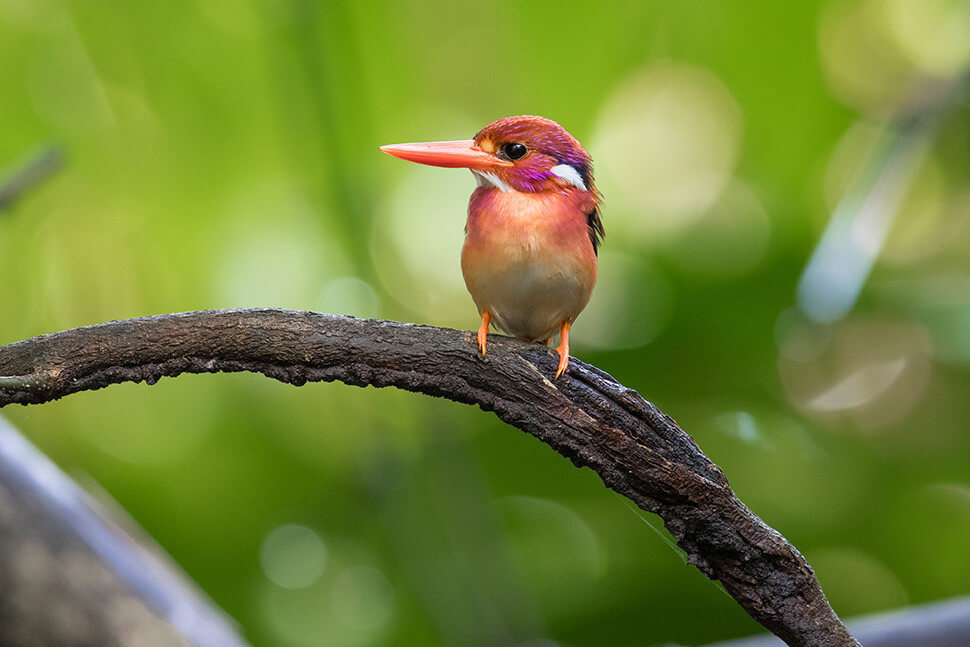 Source: Miguel David De Leon
Source: Miguel David De Leon
"We focus on poorly known birds and document their biology and ecology or how they interact with other organisms in their habitat," De Leon adds.
After almost a decade-long effort, De Leon and his colleagues have managed to visually document one of the rarest and most elusive species of bird on the planet, their objective was to archive the birds nesting, feeding, and breeding behaviors in order to help conserve this species.
 Source: Miguel David De Leon
Source: Miguel David De Leon
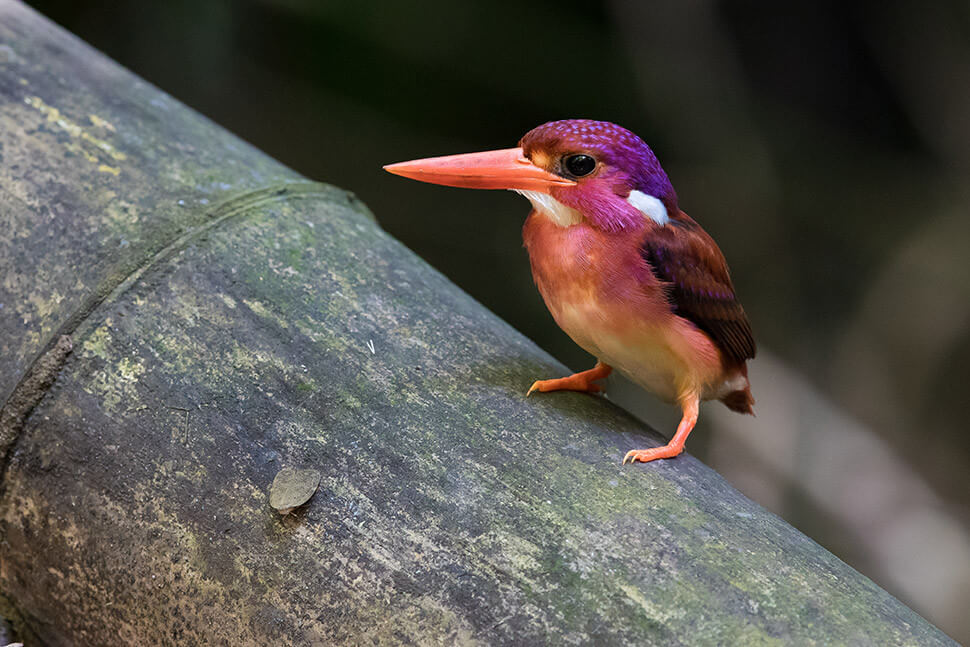 Source: Miguel David De Leon
Source: Miguel David De Leon
The dwarf kingfishers are cavity nesters, meaning they excavate nest holes in earth banks and termite nests called termitaria. They feed on smaller creatures like worms, lizards, insects, etc...
 Source: Miguel David De Leon
Source: Miguel David De Leon
"The biggest threat to the decline or loss of our endemic and indigenous species is habitat loss. Hunting and trapping for food or the illegal pet trade are contributory factors as well. Culturally, recreational shooting of birds using airguns or slingshots puts further pressure on bird populations," says De Leon.
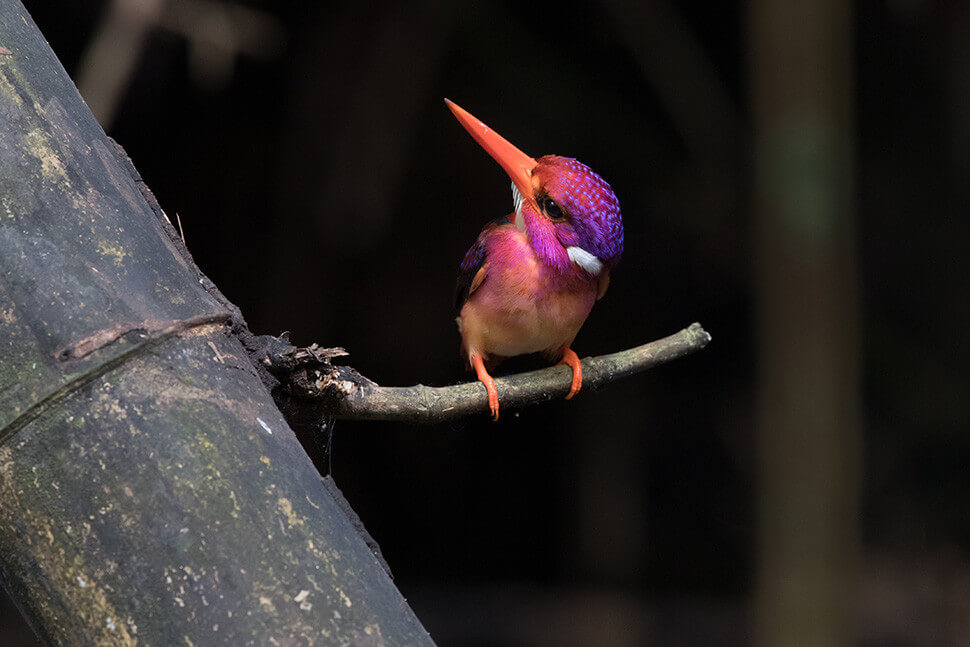 Source: Miguel David De Leon
Source: Miguel David De Leon
Watch the live footage of the South Philippines Dwarf Kingfisher here:
Check out our website for more animal news like this.
View this post on Instagram
A post shared by MiguelDavid De Leon (@migueldavid.deleon)